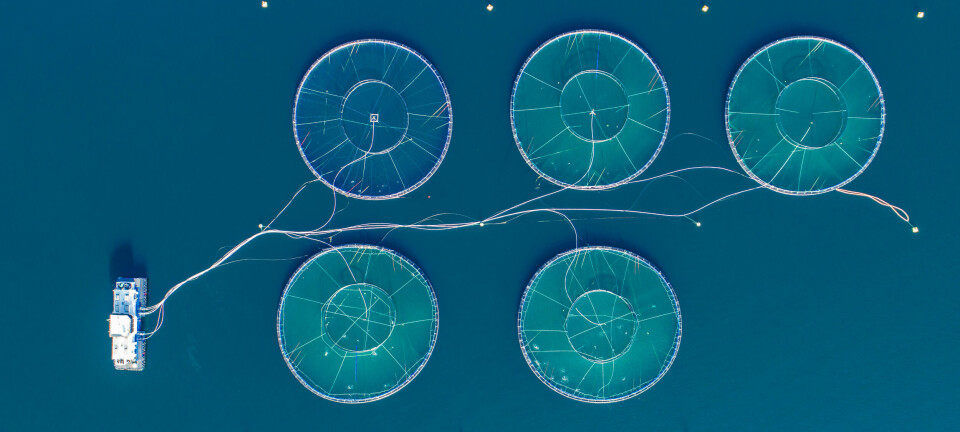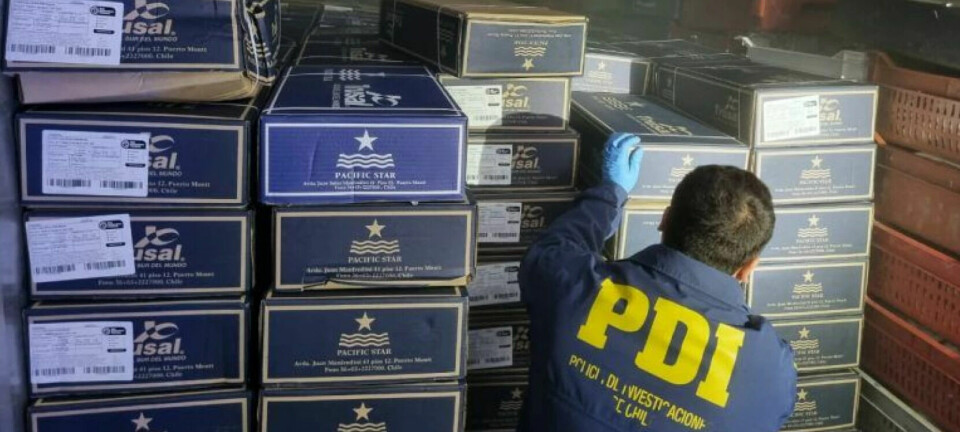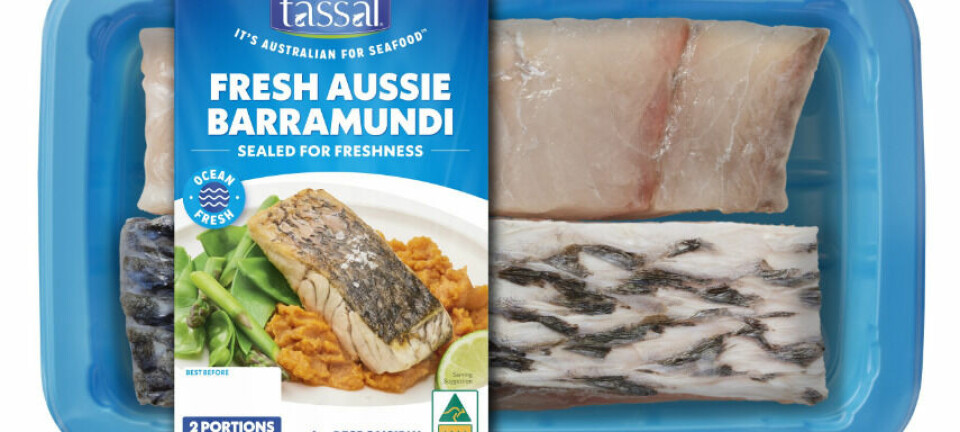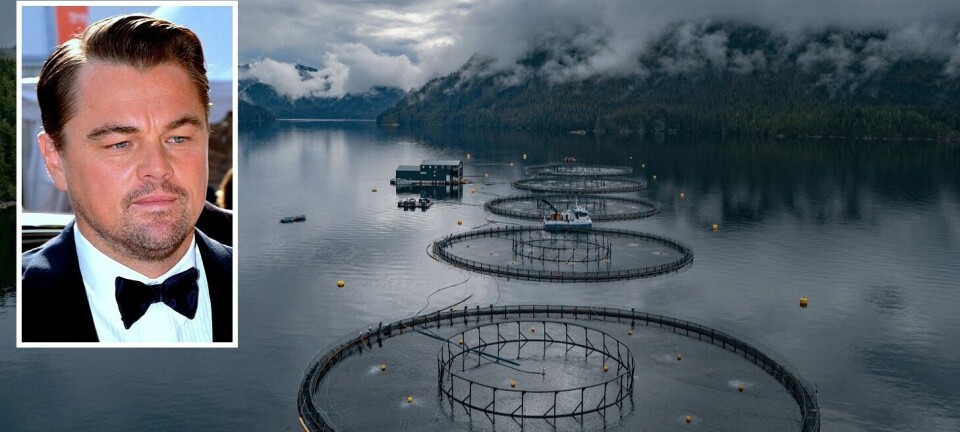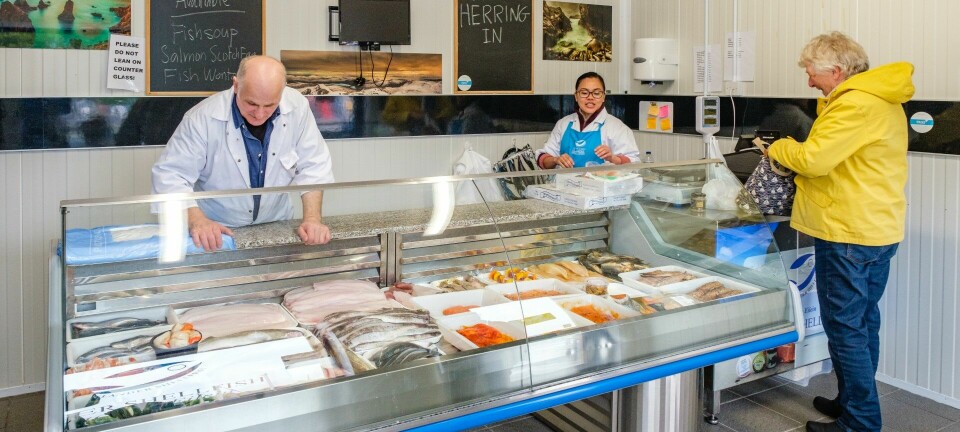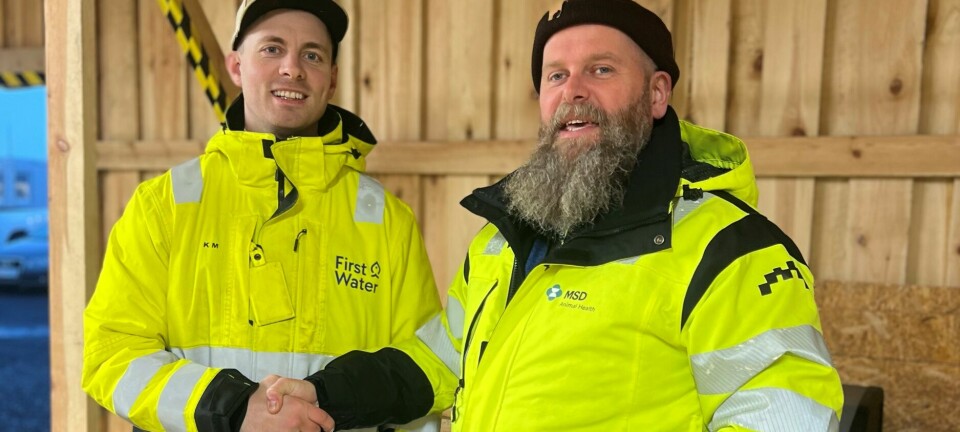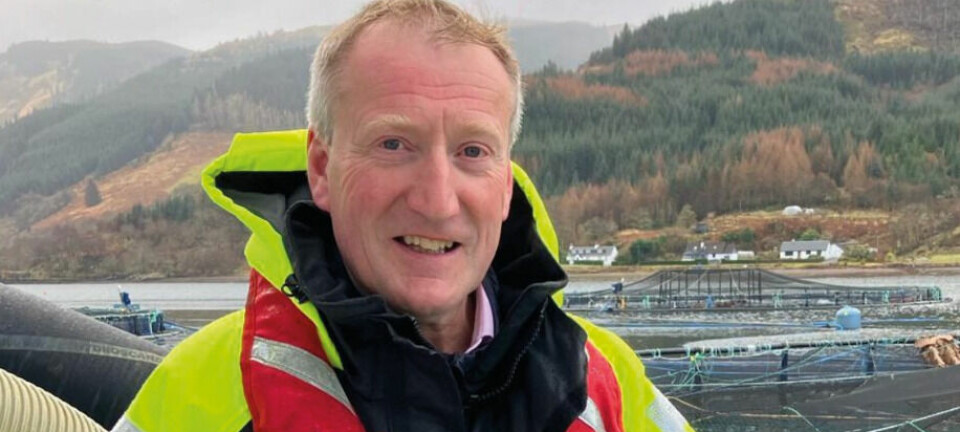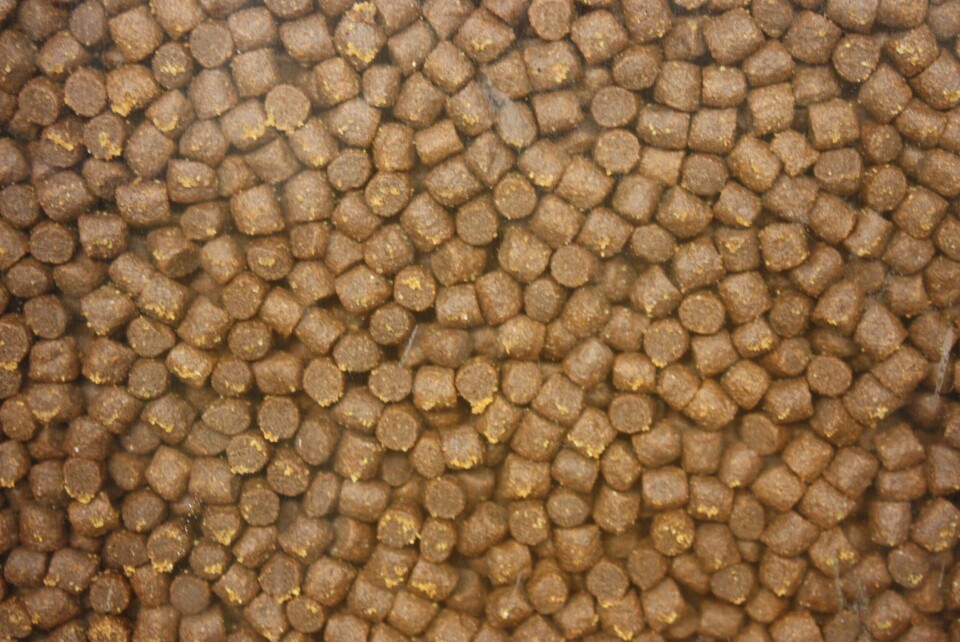
Skretting sets new sustainability standard
Nutreco, the parent company of Skretting, has launched a new sustainability programme, called Nuterra, that covers its aquafeed and animal nutrition businesses.
“The word ‘sustainability’ has been grossly overused and in many ways its meaning has eroded over the last decade. The challenge for corporations like Nutreco is to keep it relevant, credible and measurable,” says José Villalon, Nutreco’s Sustainability Director. “That is precisely what we aim for with Nuterra. Sustainability is not just about what we aspire to do, it is what we do.”
The Nuterra programme is made up of three distinct components: a roadmap, an internal standard and a product assessment tool.
The Nuterra Roadmap sets clear ambitions regarding people, planet and profit and is an aspirational vision designed to steer the group’s actions and initiatives over a period of several years. It is aligned with the long-term goals of Nutreco’s strategy and addresses Nutreco’s commitment to specific United Nations Sustainable Development Goals.
The Nuterra Standard is an internal tool that outlines more than 100 actions needed to realise the roadmap and enables Nutreco to measure and score progress over time regarding its own operations.
The Nuterra Product Assessment helps to measure the environmental impacts and attributes of Nutreco´s nutritional solutions using Life Cycle Assessment methodology, enabling the company to quantify the reduction in those impacts that are achieved.
Customer-centric
Nuterra will also highlight the sustainability attributes of Nutreco’s nutritional solutions, provided through its Trouw Nutrition and Skretting brands, so customers are able to communicate this to their clients.
Linda Sams, Head of Sustainability at Tassal Group, Australia’s largest farmed salmon producer, explains: “Nuterra sets Skretting apart from other feed producers by giving us confidence that the feeds we buy from them adhere to the same strict environmental and social standards that we do. The focus on all parts of the supply chain, from feed ingredients through to their own operations, enables us to deliver products that meet customer demand for seafood that is produced in a responsible way.”











































